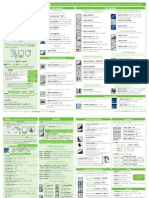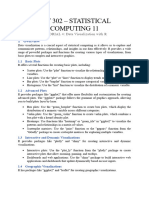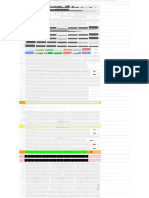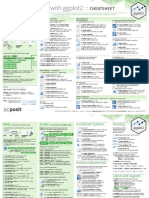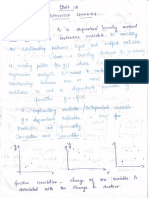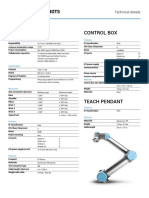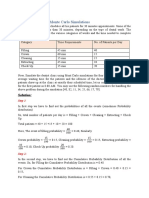0% found this document useful (0 votes)
19 views82 pagesGgplot2 Slides
This document provides an introduction to ggplot2, a plotting system for R. It discusses the core components of building ggplot graphs including:
1) Specifying the data and assigning variables to aesthetics like x and y using aes().
2) Choosing a geom or graphical primitive like geom_point(), geom_line(), or geom_bar() to define the type of plot.
3) Customizing the plot further through aesthetics that control properties like colors, sizes, etc.
It provides examples of common plot types like scatter plots, line graphs, histograms, bar plots, and shows how to customize aspects like stacking and grouping. The goal is to illustrate the basic grammar and structure of
Uploaded by
amlakshmiCopyright
© © All Rights Reserved
We take content rights seriously. If you suspect this is your content, claim it here.
Available Formats
Download as PPTX, PDF, TXT or read online on Scribd
0% found this document useful (0 votes)
19 views82 pagesGgplot2 Slides
This document provides an introduction to ggplot2, a plotting system for R. It discusses the core components of building ggplot graphs including:
1) Specifying the data and assigning variables to aesthetics like x and y using aes().
2) Choosing a geom or graphical primitive like geom_point(), geom_line(), or geom_bar() to define the type of plot.
3) Customizing the plot further through aesthetics that control properties like colors, sizes, etc.
It provides examples of common plot types like scatter plots, line graphs, histograms, bar plots, and shows how to customize aspects like stacking and grouping. The goal is to illustrate the basic grammar and structure of
Uploaded by
amlakshmiCopyright
© © All Rights Reserved
We take content rights seriously. If you suspect this is your content, claim it here.
Available Formats
Download as PPTX, PDF, TXT or read online on Scribd
/ 82














